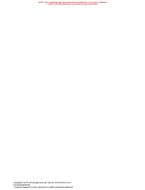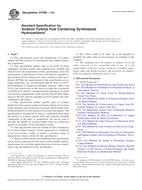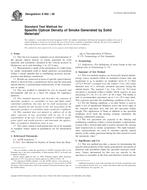1.1 This specification describes a framework for an interchange format to address the current and future needs of additive manufacturing technology. For the last three decades, the STL file format has been the industry standard for transferring information between design programs and additive manufacturing equipment. An STL file contains information only about a surface mesh and has no provisions for representing color, texture, material, substructure, and other properties of the fabricated target object. As additive manufacturing technology is quickly evolving from producing primarily single-material, homogenous shapes to producing multimaterial geometries in full color with functionally graded materials and microstructures. There is a growing need for a standard interchange file format that can support these features.
1.2 The additive manufacturing file (AMF) may be prepared, displayed, and transmitted on paper or electronically, provided the information required by this specification is included. When prepared in a structured electronic format, strict adherence to an extensible markup language (XML)(1) schema is required to support standards-compliant interoperability. The adjunct to this specification contains a W3C XML schema and Annex A1 contains an implementation guide for such representation.
1.3 This standard does not purport to address all of the safety concerns, if any, associated with its use. It is the responsibility of the user of this standard to establish appropriate safety and health practices and determine the applicability of regulatory limitations prior to use.
1.4 This standard also does not purport to address any copyright and intellectual property concerns, if any, associated with its use. It is the responsibility of the user of this standard to meet any intellectual property regulations on the use of information encoded in this file format.
Product Details
- Published:
- 03/01/2012
- Number of Pages:
- 15
- File Size:
- 1 file , 740 KB
- Redline File Size:
- 2 files , 1.4 MB


